Another recent publication by long-time PFS member Saifedean Ammous, Property Rights: The Root Cause of the Palestinian-Israeli Conflict, Saifedean Substack (Nov 10, 2025). This paper was the basis of his talk of the same name presented at the PFS 2025 Annual Meeting (Sep. 18–23, 2025, Bodrum, Turkey). It will be podcast later on the Property and Freedom Podcast; the Youtube video is below, along with the slides. It was also podcast at The Bitcoin Standard Podcast, Ep. 299: “In this lecture delivered at the Property and Freedom Society, Saifedean explains why the root cause of the Palestinian-Israeli conflict is the denial of property rights. Religious and racial conflict are not destined in Palestine; they are historically rare occurrences, but this system of property rights would create violent conflict anywhere.”
It was also discussed in the panel “Fusillo, Ammous, Hoppe, Gabb, DiLorenzo, Open Discussion, Q&A,” also to be podcast later; video below.
Below is a Grok summary of the article (and the talk):
Summary of “Property Rights: The Root Cause of the Palestinian-Israeli Conflict” by Saifedean Ammous
In this Substack article, economist Saifedean Ammous argues that the Israeli-Palestinian conflict is fundamentally a crisis of property rights, not an ancient religious or ethnic feud. He contends that Zionism systematically dismantled Palestine’s centuries-old system of private land ownership, replacing it with a state-controlled, race-based monopoly that inevitably breeds violence and dispossession. This violation, enabled by foreign powers and sustained through subsidies, has turned a historically peaceful region into a site of ongoing theft, expulsion, and genocide. Ammous draws on libertarian principles (citing Mises, Rothbard, and Hoppe) to assert that restoring universal property rights is the only path to peace.
Key Historical Arguments
- Pre-1948 Land Ownership and Coexistence: British surveys from 1945 show Jews owned just 5.67% of Palestinian land (all via legitimate purchases), Muslims and Christians 48.31%, and 46% was public (much de facto held by Bedouins). No district had Jewish majority ownership. For over 1,300 years under Islamic rule (since 637 AD), Jews, Muslims, and Christians coexisted peacefully with protected property rights—e.g., joint celebrations in Hebron in 1747. Ammous dismisses claims of inherent conflict, noting the last major Jewish expulsion was by Romans (AD 70–130), and mass displacements occurred during the Crusades.
- Zionist Aggression and the Nakba: By 1947, Zionist militias (31% of the population) used terrorism, massacres (e.g., Deir Yassin, killing 100+ civilians), and premeditated expulsions to seize control, displacing 250,000–380,000 Palestinians before the 1948 war. Leaders like Ben-Gurion openly endorsed “compulsory transfer.” The Nakba (“catastrophe”) saw ~800,000 Palestinians expelled from over 500 villages, their properties confiscated via Israel’s Absentee Property Law. British disarmament of Palestinians (1939) enabled this; Arab armies intervened only after to stop the genocide but were outmatched.
- State Monopoly on Land: Post-1948, Israel nationalized ~70% of land under the Israeli Land Administration (ILA), which leases it exclusively to Jews via the Law of Return—effectively a socialist agency stealing for one ethnic group. Palestinians are denied repurchase rights, unlike in settler societies like the US where natives retain some ownership.
Ongoing Dispossession and Oppression
- Post-1967 Expansion: Israel conquered Gaza, the West Bank, and Golan Heights, building Jewish-only settlements while subjecting Palestinians to military rule without citizenship. In the West Bank, Area C (60% of land) is Israeli-controlled, with land reserved for Jews. Over 173,000 Palestinian homes have been demolished since 1947.
- Systemic Violence: Palestinians endure checkpoints, torture (nearly 1 million imprisoned since 1948, 99% conviction rate, routine sexual assault), and settler impunity (only 3% conviction rate for violence). Examples include the 2021 Sheikh Jarrah home seizures and 2015 arson killing of a Palestinian family, celebrated by settlers. Ammous compares Israeli prisons to Soviet gulags, noting 10,000+ Palestinian children detained.
Broader Implications
- Zionism as Parasitism: Ammous portrays Israel as a subsidized ethnostate, reliant on deals like the Nazi Haavara Agreement (1933), Soviet arms, and trillions in US aid/wars. It subverts Western laws on torture and weapons, exporting barbarism.
- Property Rights as Civilizational Foundation: Quoting Mises—”Private property is inextricably linked with civilization”—Ammous argues that Zionism’s destruction of these rights (starting with the 1917 Balfour Declaration) regresses society to tribal conflict. He refutes Zionist myths (e.g., land was “empty”) and calls for global accountability.
Conclusion
The conflict isn’t inevitable but a direct result of property theft; peace demands equal rights for all, ending foreign complicity in Zionist aggression. Ammous warns that without this, Zionism’s model—unsustainable and parasitic—threatens global civilization. The piece is a provocative, data-driven critique blending history, economics, and ethics, aimed at libertarians and anti-imperialists.



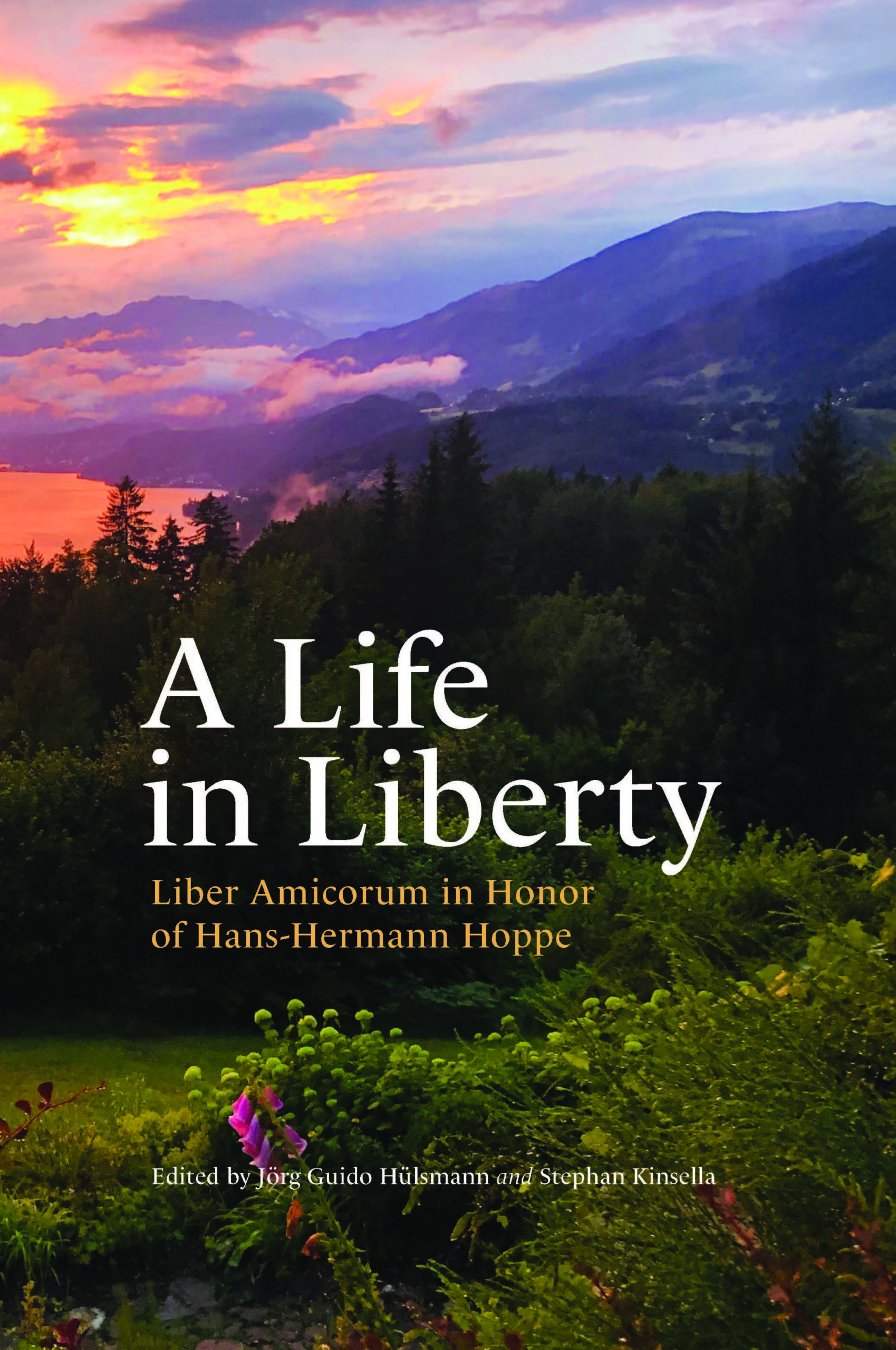
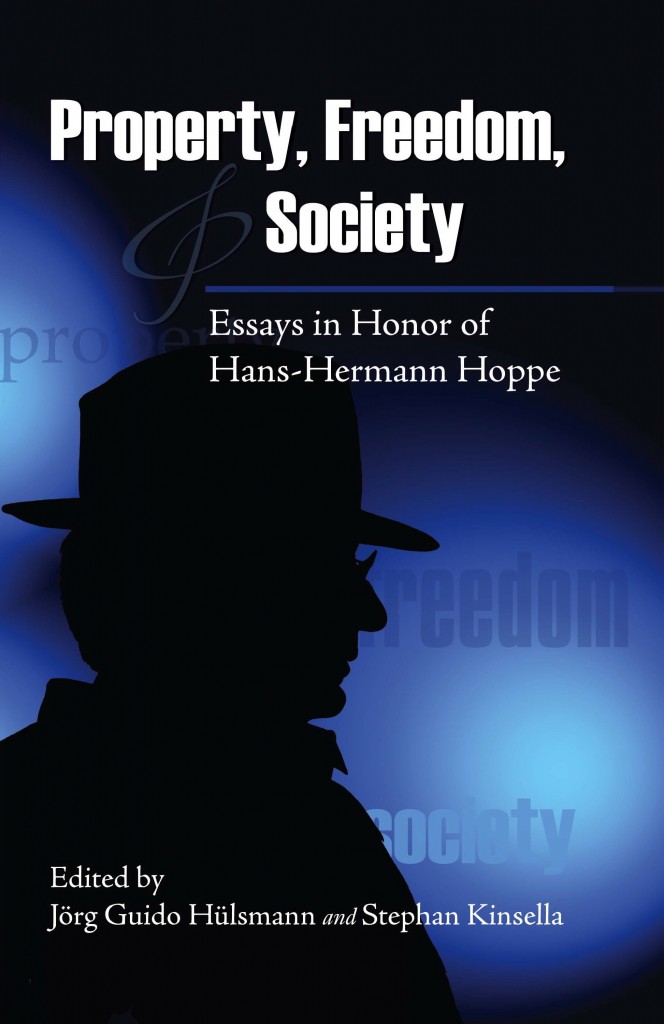
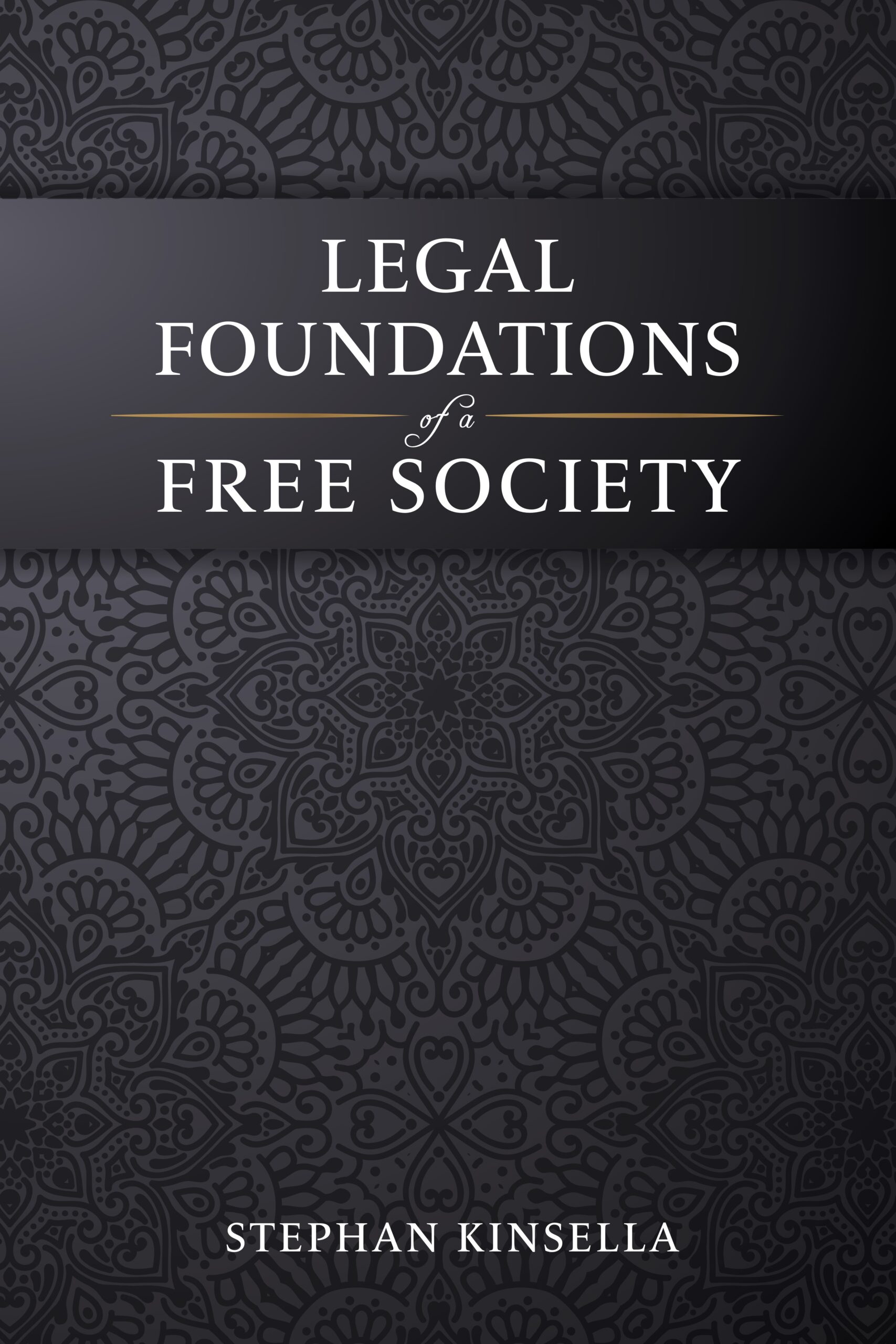
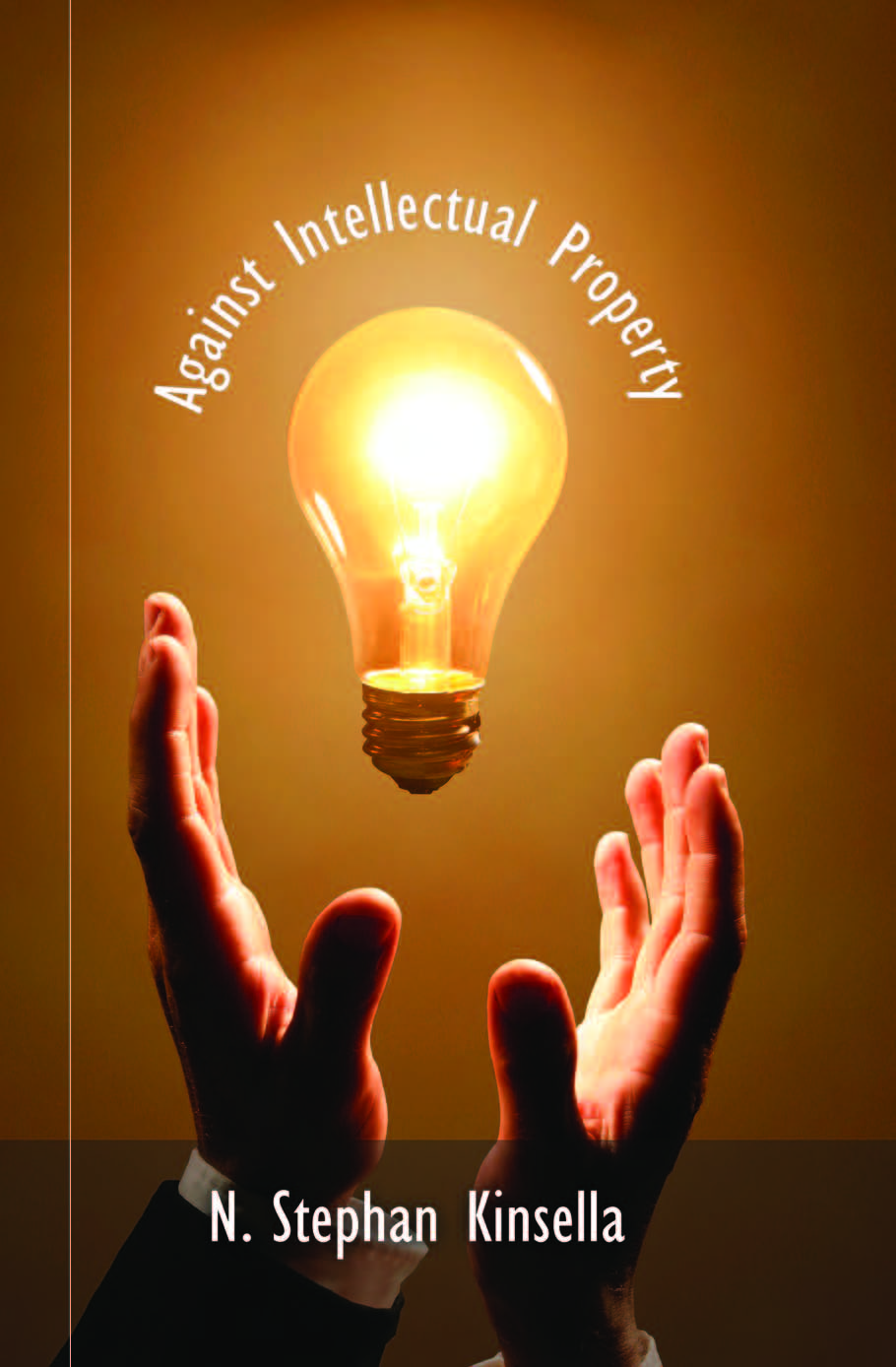
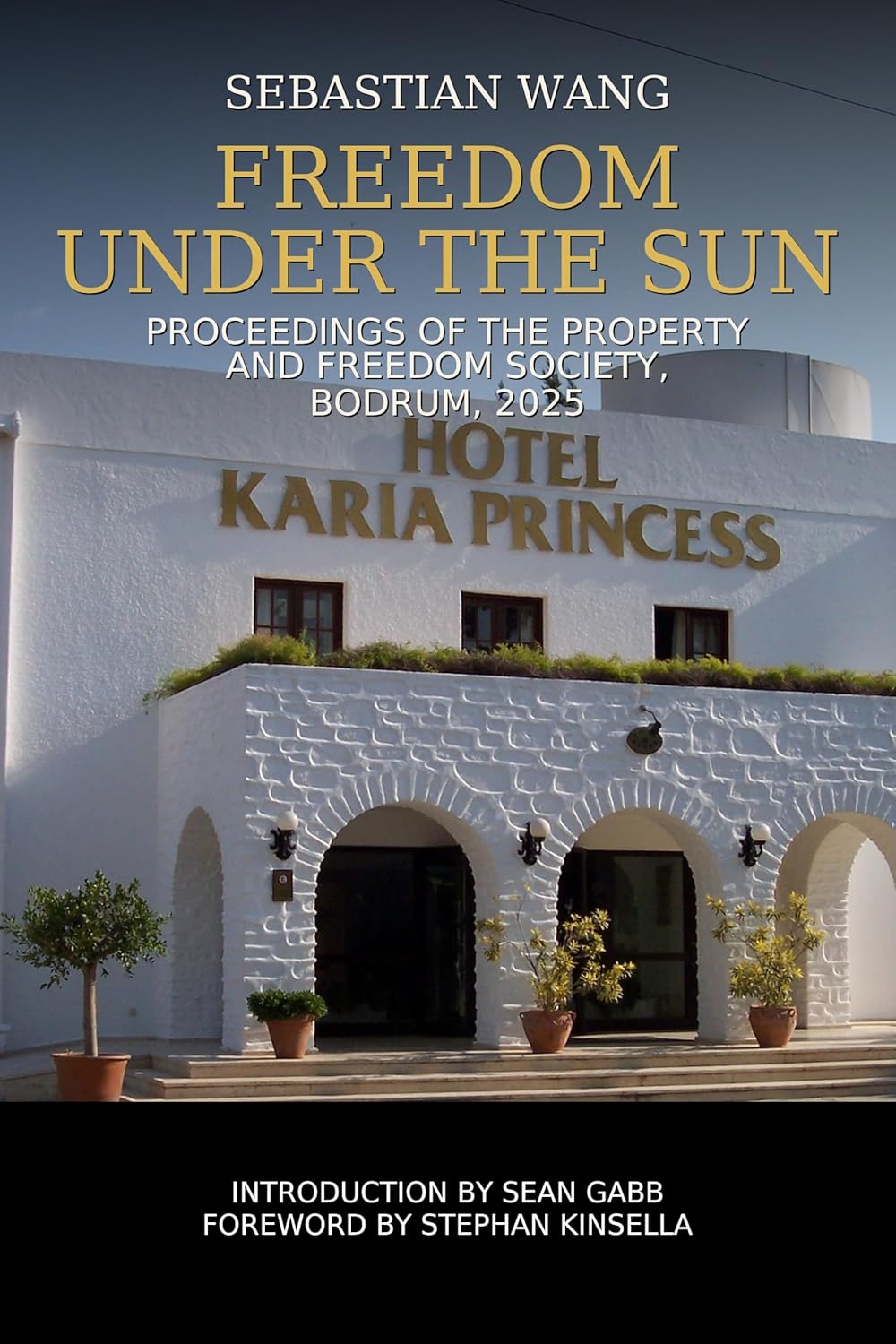
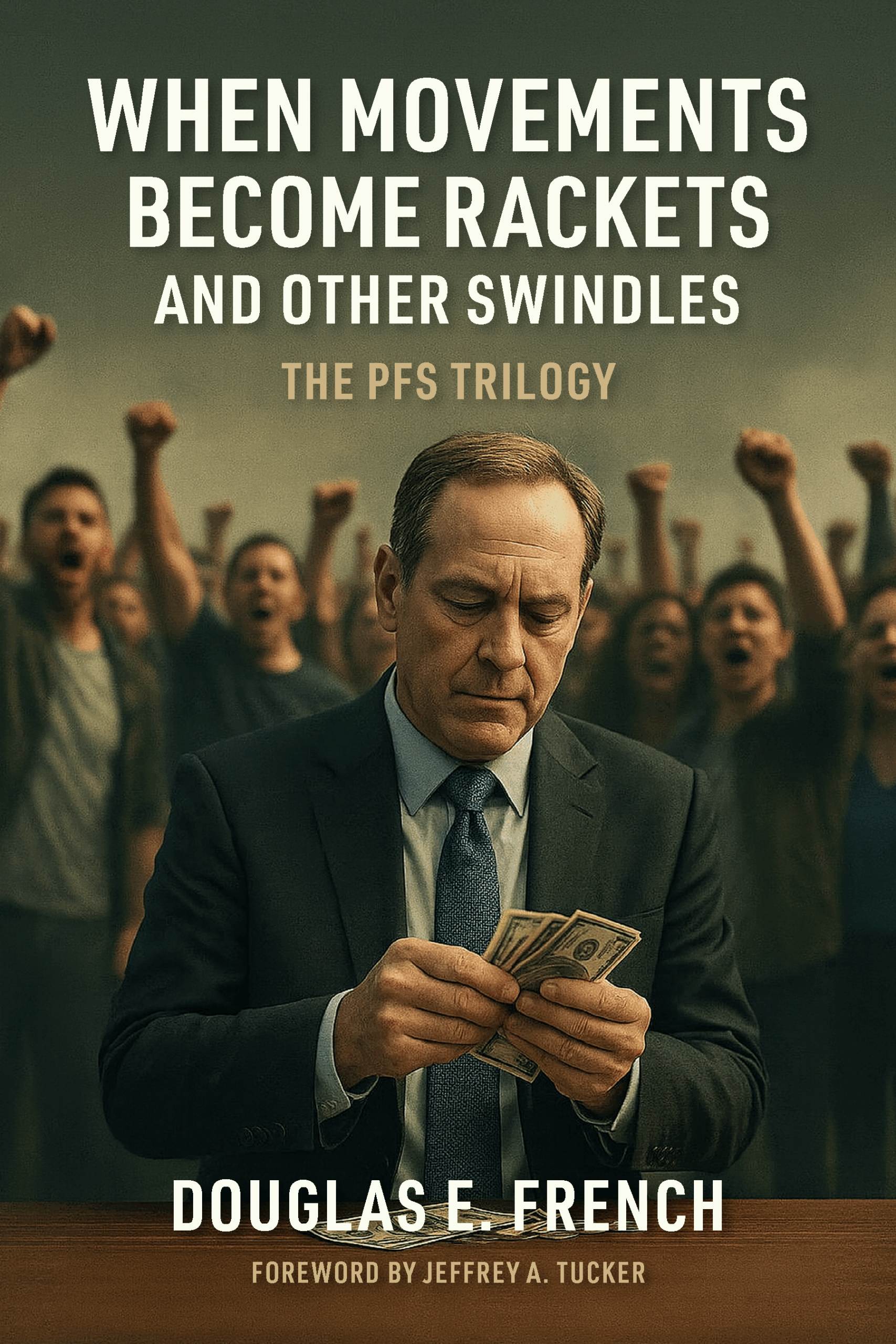





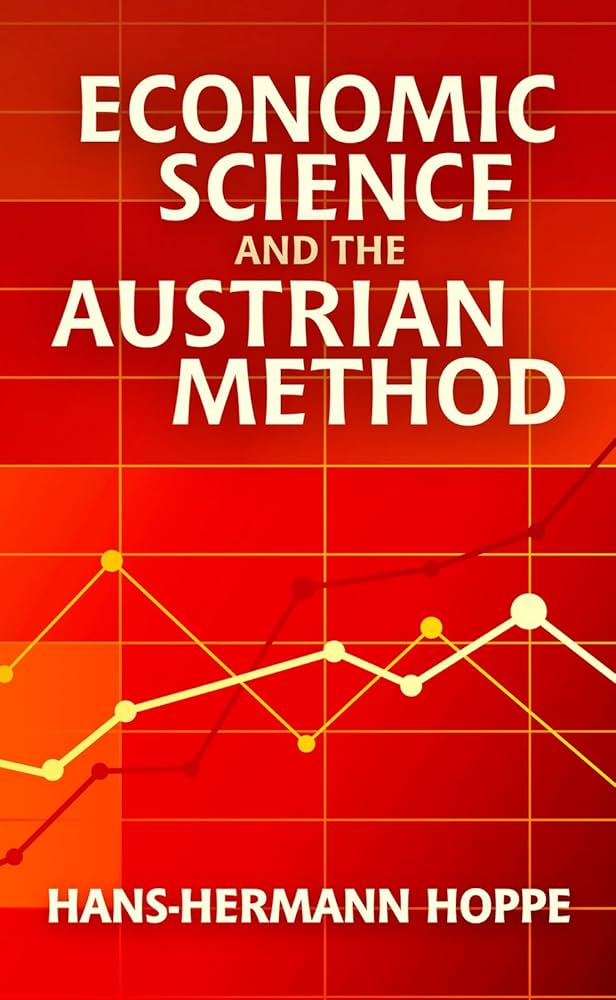
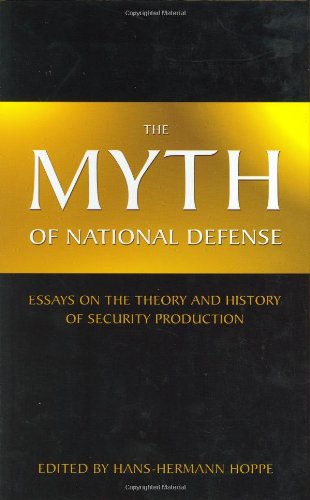
You must log in to post a comment. Log in now.